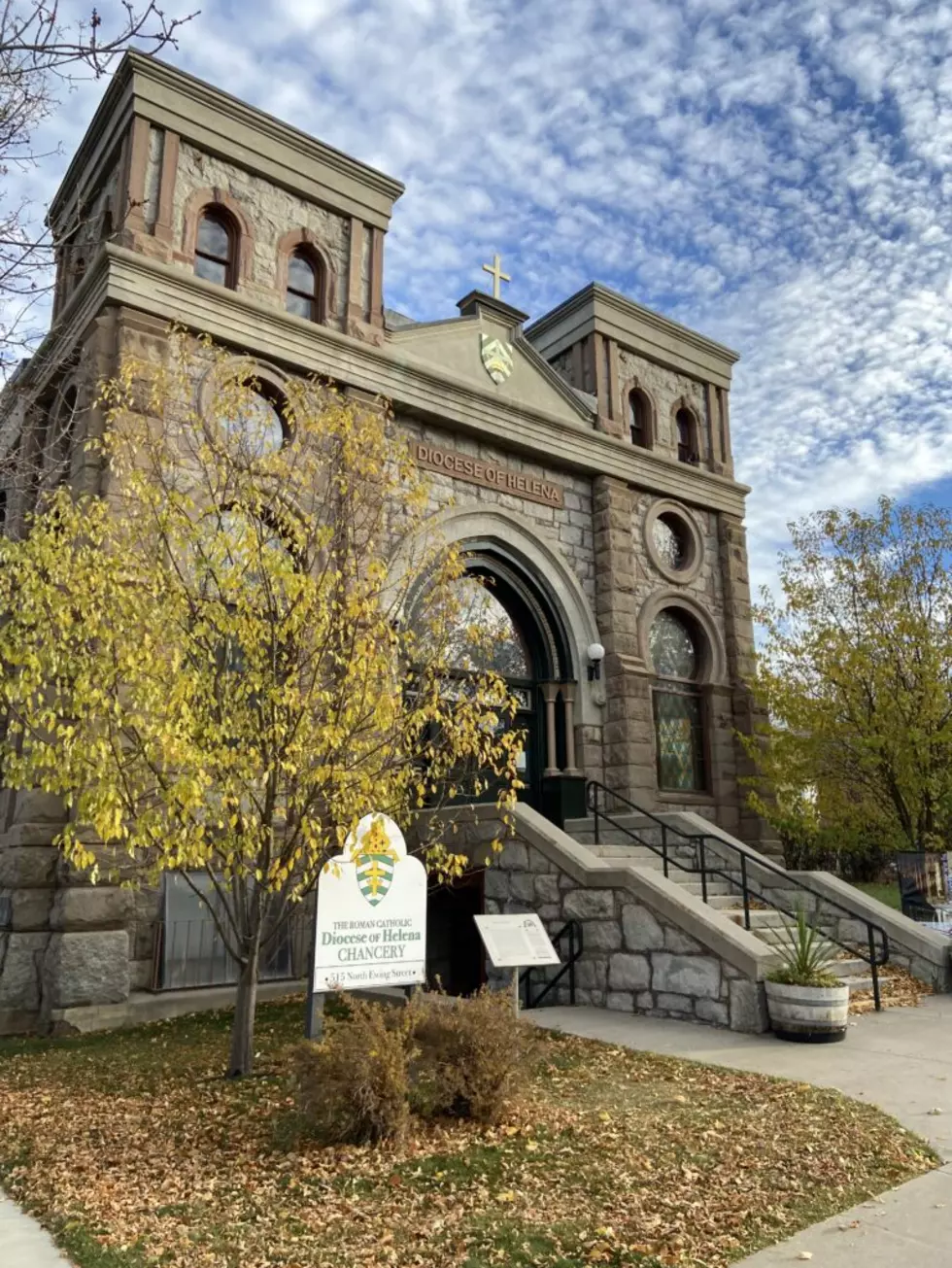
Montana Jewish Project successfully purchases former Helena synagogue
(Daily Montanan) The Montana Jewish Project has simultaneously shattered history and made history as it announced it had reached its goal of purchasing the building that served as the Helena community’s synagogue until 1935.
On Thursday, the project announced that it was purchasing the building formerly known as Temple Emanu-el, which had housed the capital city’s pioneering Jewish community.
Helena can now remove its name from a list of four state capitals that don’t have a synagogue or Jewish Community Center.
And it appears to be the only Jewish community to have purchased a building that was once a synagogue to be used for religious purposes. However, that building has been owned by two other organizations since the synagogue was sold 87 years ago.
Rebecca Stanfel, one of the Montana Jewish Project’s organizers, said that with the building’s purchase, the group will now turn to more programming and outreach.
Plans call for the space to be a mix of uses. Prior to the sale, the Diocese had used the building as office spaces. The building will have offices on the first and second floors, but use the top level for historical exhibits, education and religious gatherings.
At 10 a.m. Friday, there will be a ceremonial signing at the former temple, 515 N. Ewing.
“We welcome all our supporters, the Jewish community across Montana and here in Helena, and the broader community to celebrate with us,” said project volunteer Julie Bir. “We have worked to carry forward the legacy of Montana’s earliest Jewish settlers who build Temple Emanu-El despite the obstacles they faced.”
Diocese of Helena Bishop Austin Vetter prioritized selling the building to Helena’s rebounding Jewish community and helped extend the timeline.
“It’s been my pleasure to work with the Montana Jewish Project through this process. It’s vital for all of us that people of faith focus on the good that we can do together instead of our differences. My prayers are with them and Montana’s Jewish Community for God’s blessing in this new endeavor,” Vetter said.
History coming back to life
While holding religious services or education may be part of the building’s mission moving forward, the goal isn’t just to recreate the congregation. Stanfel explained the purpose is to help house Helena’s growing Jewish community, but the building won’t be flipped back to a synagogue. Instead, it will borrow the Jewish community center model, which has served as a center for education, outreach and public use.
Stanfel said the group will continue to raise funds and hopes to eventually hire a traveling director of programming who will oversee education, speakers, cultural events and “foster a sense of larger community for all of Montana’s Jews.”
That will include materials for schools that share the history of Jews in the state and highlight their contributions to building the Treasure State. Already, Stanfel said the outreach includes materials on Hanukkah to be used in school classrooms for teachers who want to explore the Jewish culture and traditions.
The re-purchasing of the site marks another turn for the Helena Jewish community.
In 1935, with the congregation dwindling, the small Jewish community sold the building, housed across the street from the cathedral, to the State of Montana, which kept it until 1981, when it was sold to the Diocese of Helena. And, that same diocese was instrumental in selling the property back to the Montana Jewish Project, giving it several time extensions so that it could complete fund-raising for the building.
In addition, the Diocese of Helena also agreed to lease yard space next to the property for events and functions.
Fundraising for the project was on a tight timeline. The fundraising didn’t begin until November. That meant only eight months to raise nearly $1 million.
More than 2,000 donors from across the state and country helped to support the project with gifts ranging from $5 to $100,000.
That included appeals and donations from various other religious organizations across the state, including the Roman Catholic Diocese of Helena.
Bishop Laurie Jungling, the Montana bishop of the Evangelical Lutheran Church in America, urged church members across the state to give toward a matching gift that raised $8,000. Her appeal to Lutherans to help save the building read, in part:
This is important and loving work that we are doing. We know that throughout its history, the Christian church and its members have done deep harm to the Jewish people and their communities. Anti-Judaism and, later, anti-Semitism have been prevalent in the words and actions of Christians. This mistreatment is seen especially in Martin Luther’s horrific diatribes and violent recommendations against the Jews in his later writings, in the silence of the Christian church (including Lutherans) during the Holocaust and its aftermath, and in too much overt and subtle bigoted behavior by Christians everywhere including here in Montana and N. Wyoming.
Stanfel said that while the support from across the nation has been amazing, she spotlighted the support from the different faith communities and Jewish congregations in Montana.
“This outpouring from across the country and Montana, I really just don’t have words for how amazing it was and how grateful we are,” Stanfel said. “I always believed it was possible, I just had doubts that we had enough time.”
In many ways, history is coming full circle, though. In one of the last newspaper accounts of Temple Emanu-El, Stanfel recounts how a congregation member was charged with selling the pews and dispersing the rest of the assets. The final $60,000 from the ladies auxiliary in 1935 went to aiding refugees.
“They didn’t know the Holocaust was about to happen, but these folks made sure good came from this place,” Stanfel said. “I hope we’re doing those folks proud. We hope to do amazing work going forward.”
